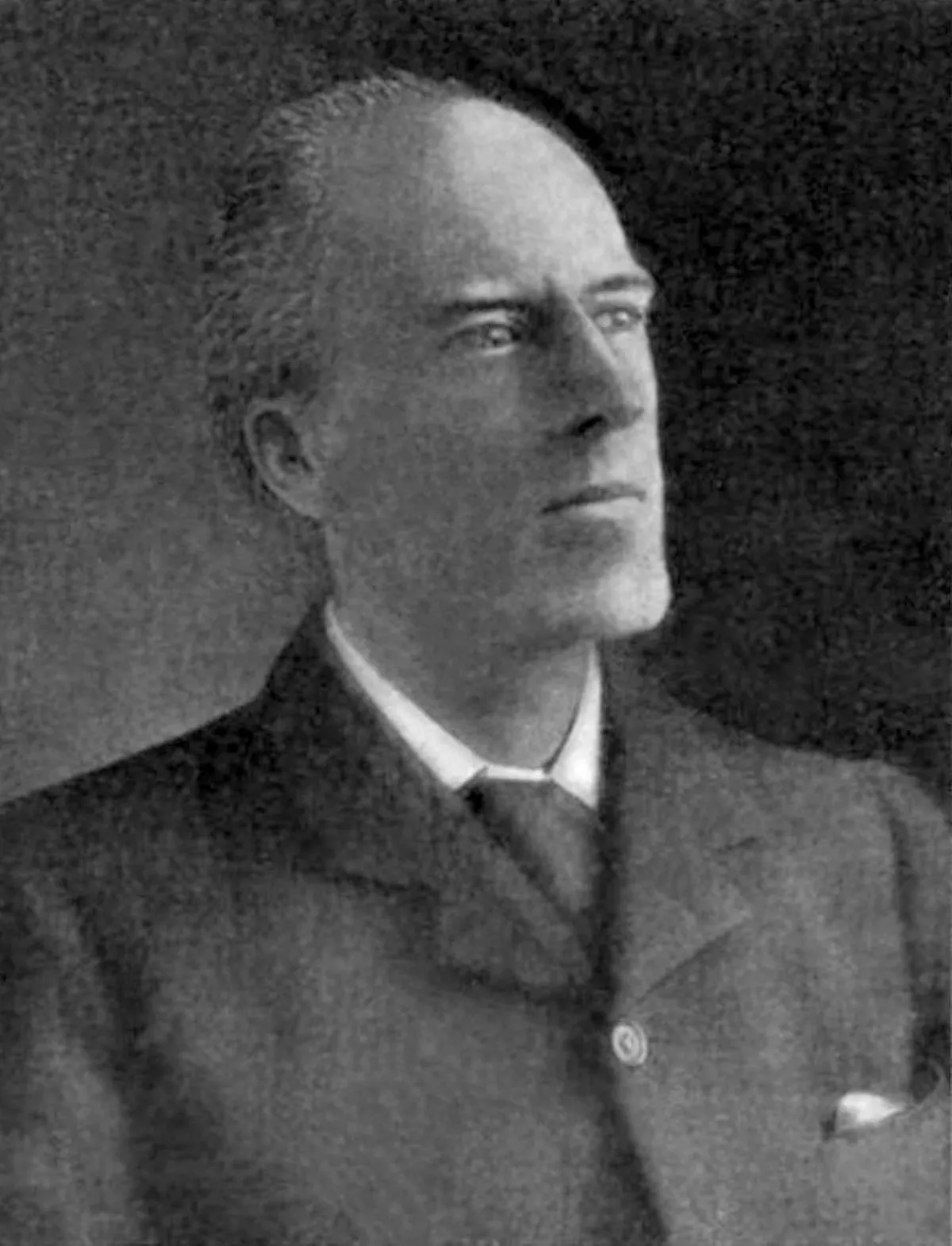 1.
1. Karl Pearson has been credited with establishing the discipline of mathematical statistics.

 1.
1. Karl Pearson has been credited with establishing the discipline of mathematical statistics.
Karl Pearson founded the world's first university statistics department at University College London in 1911, and contributed significantly to the field of biometrics and meteorology.
Karl Pearson was a protege and biographer of Sir Francis Galton.
Karl Pearson edited and completed both William Kingdon Clifford's Common Sense of the Exact Sciences and Isaac Todhunter's History of the Theory of Elasticity, Vol.
Karl Pearson was born in Islington, London, into a Quaker family.
Karl Pearson's father was William Pearson QC of the Inner Temple, and his mother Fanny, and he had two siblings, Arthur and Amy.
Karl Pearson attended University College School, followed by King's College, Cambridge, in 1876 to study mathematics, graduating in 1879 as Third Wrangler in the Mathematical Tripos.
Karl Pearson next visited the University of Berlin, where he attended the lectures of the physiologist Emil du Bois-Reymond on Darwinism.
Karl Pearson studied Roman Law, taught by Bruns and Mommsen, medieval and 16th century German Literature, and Socialism.
Karl Pearson became an accomplished historian and Germanist and spent much of the 1880s in Berlin, Heidelberg, Vienna, Saig bei Lenzkirch, and Brixlegg.
Karl Pearson was offered a Germanics post at King's College, Cambridge.
On returning to England in 1880, Karl Pearson first went to Cambridge:.
Karl Pearson then returned to London to study law, emulating his father.
Karl Pearson became the editor of Common Sense of the Exact Sciences when William Kingdon Clifford died.
Karl Pearson predicted that Galton, rather than Charles Darwin, would be remembered as the most prodigious grandson of Erasmus Darwin.
Karl Pearson formed the Department of Applied Statistics, which combined the Biometric and Galton Laboratories.
Karl Pearson remained with the department until his retirement in 1933, and continued to work until his death.
Maria died in 1928 and in 1929 Karl Pearson married Margaret Victoria Child, a co-worker at the Biometric Laboratory.
Karl Pearson died at Coldharbour, Surrey, on 27 April 1936.
Karl Pearson asserted that the laws of nature are relative to the perceptive ability of the observer.
Karl Pearson speculated that an observer who travelled faster than light would see time reversal, similar to a cinema film being run backwards.
Karl Pearson discussed antimatter, the fourth dimension, and wrinkles in time.
Karl Pearson's relativity was based on idealism, in the sense of ideas or pictures in a mind.
Karl Pearson gave lectures on such issues as "the woman's question" and upon Karl Marx.
Karl Pearson concluding remarks on stepping down as editor of the Annals of Eugenics, indicate a sense of failure of his aim to use the scientific study of eugenics as a guide for moral conduct and public policy.
Karl Pearson was important in the founding of the school of biometrics, which was one of several competing theories to describe evolution and population inheritance at the turn of the 20th century.
Karl Pearson devoted much time during 1893 to 1904 to developing statistical techniques for biometry.
Karl Pearson was a follower of Galton, and although the two differed in some respects, Pearson used a substantial amount of Francis Galton's statistical concepts in his formulation of the biometrical school for inheritance, such as the law of regression.
Karl Pearson criticized Bateson and other biologists for their failure to adopt biometrical techniques in their study of evolution.
Karl Pearson's work was all-embracing in the wide application and development of mathematical statistics, and encompassed the fields of biology, epidemiology, anthropometry, medicine, psychology and social history.
Karl Pearson founded the journal Annals of Eugenics in 1925.
Karl Pearson's thinking underpins many of the 'classical' statistical methods which are in common use today.
Karl Pearson achieved widespread recognition across a range of disciplines and his membership of, and awards from, various professional bodies reflects this:.
Karl Pearson was elected an Honorary Fellow of King's College, Cambridge, the Royal Society of Edinburgh, University College London and the Royal Society of Medicine, and a Member of the Actuaries' Club.
The main source for that page was A list of the papers and correspondence of Karl Pearson held in the Manuscripts Room, University College London Library, compiled by M Merrington, B Blundell, S Burrough, J Golden and J Hogarth and published by the Publications Office, University College London, 1983.